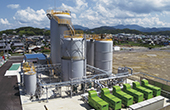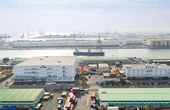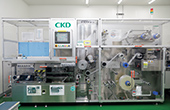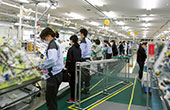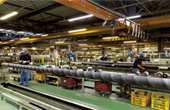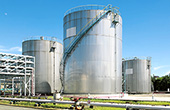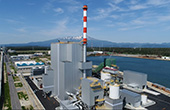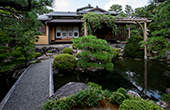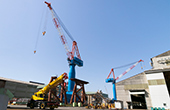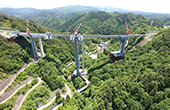If you are a keen gardener, you may well be familiar with pesticides. They are used to protect crops and ornamentals from diseases and pests and to control weeds.
Of Sumitomo Chemical's eight plants in Japan, Oita Works and Misawa Works are the principal producers of agricultural chemicals. We visited Oita Works where Sumisoya, the company's mainstay herbicide, is produced.
“Having started operation in 1939 as a producer of dyes, rubber chemicals, and pharmaceutical intermediates, Oita Works nowadays focuses on agricultural chemicals, pharmaceutical intermediates, and fine chemicals such as additives and resorcinol used in adhesives for tires,” explains Mr. Hideyuki Kashiwabara of the plant's General Affairs Dept. In 2003, Sumitomo Chemical's production facility for active pharmaceutical ingredients became the Oita factory of its subsidiary Sumitomo Pharmaceuticals (present-day Sumitomo Dainippon Pharma), and now manufactures various active pharmaceutical ingredients.
Our focus is Sumisoya, a word comprising “Sumi” from Sumitomo and “soya” from soya beans. As the name implies, Sumisoya is a herbicide mainly used for soybean crops. Sumisoya is notable for its long-lasting efficacy in inhibiting weed growth after spraying, thereby promoting early-stage growth of crops. Other benefits include excellent crop safety for soybeans, effectiveness against a wide range of weed species, efficacy that becomes apparent shortly after spraying, and minimal negative impact on crops grown in succession. This herbicide is currently used in 39 countries worldwide, mainly in Brazil, the United States, Argentina, and Canada in the Americas.
Sumisoya is the product name and flumioxazin is the active ingredient. Development started in the early 1980s and it was first marketed in Argentina, in 1993. The range of applicable crops has been expanded to beyond soybeans. In France, flumioxazin is marketed for long-term control of weeds in vineyards. Flumioxazin was registered as a herbicide in the U.S. in 2001, almost 20 years after its invention.
It was first marketed for pre-emergent weed control for soybeans and peanuts. Application was expanded to include control of weed growth in non-crop areas, in cultivation of shrubs and ornamentals, and in furrows of cotton fields. Subsequently, after flumioxazin was found to be effective against weeds resistant to glyphosate, a herbicide, in fields of genetically modified soybeans, sales soared.
Production of flumioxazin began at Oita Works in 1995, using a cost-competitive manufacturing process with excellent safety performance. Responding to rising demand, Sumitomo Chemical increased the capacity of the first plant in 2008, converted an existing facility into a second plant that came on stream in 2011, and added a third plant in 2012. Thus, production of flumioxazin at Oita Works has grown by leaps and bounds over the years.
Sumitomo Chemical received the 63rd Okochi Memorial Production Award in 2017 for the development of the herbicide flumioxazin, a prestigious award honoring outstanding achievements in production engineering and technology. However, flumioxazin was developed in 1984, over 30 years ago. This prompts a question: Why did it take such a long time for flumioxazin to win the award?
Following the launching of flumioxazin in Argentina, Sumitomo Chemical intended to gain registration of flumioxazin as a herbicide for pre-emergent weed control on soybeans and peanuts in Brazil and the U.S.
However, it took longer than expected to carry out tests for registration in the U.S. The regulatory regime in the U.S. became more complex owing to the Food Quality Protection Act of 1996, a new law on pesticides. Consequently, flumioxazin was not introduced in the U.S. until 2001, almost 20 years after its invention.

 EN
EN
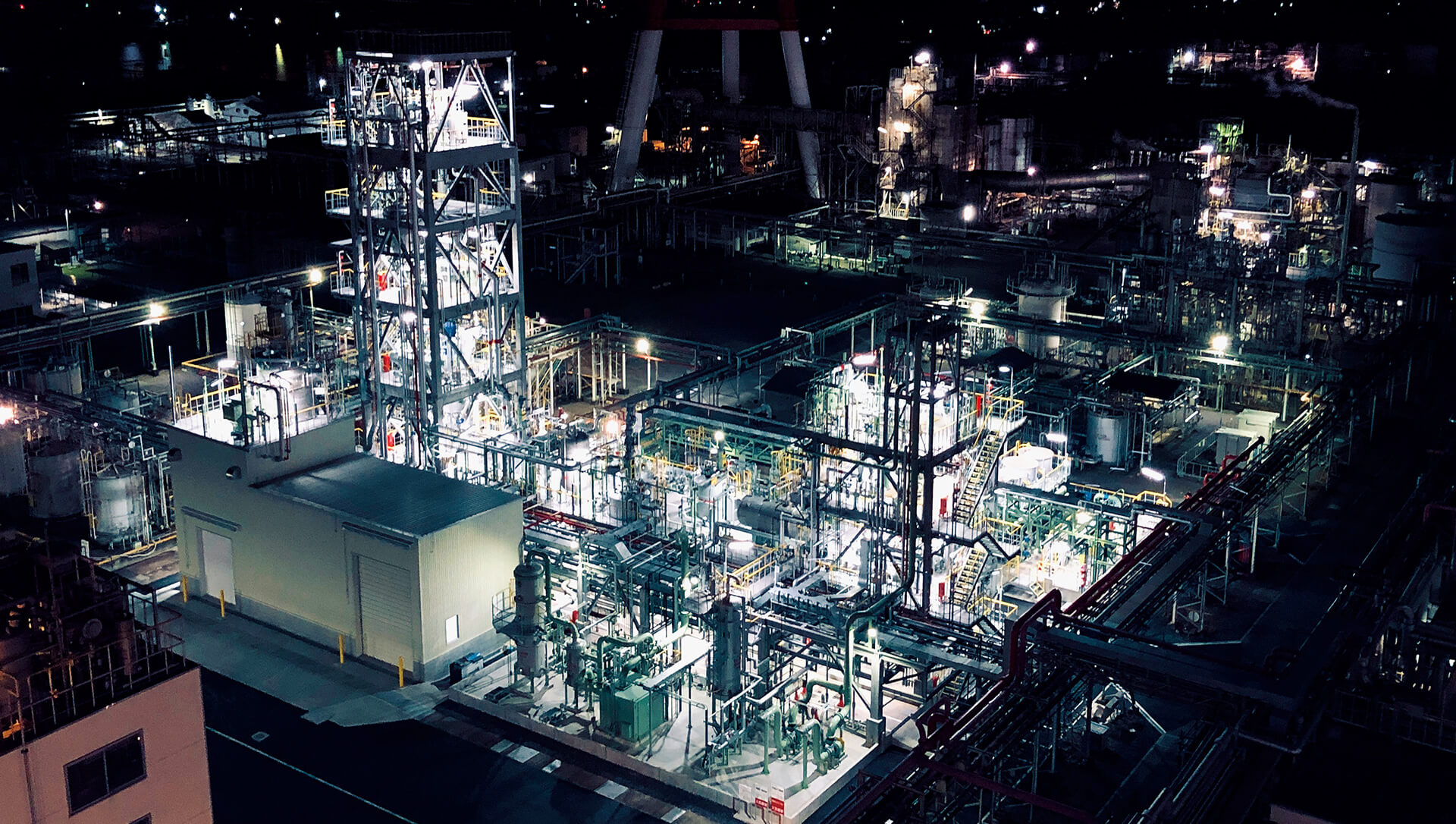
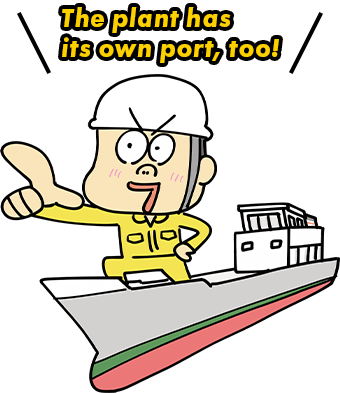
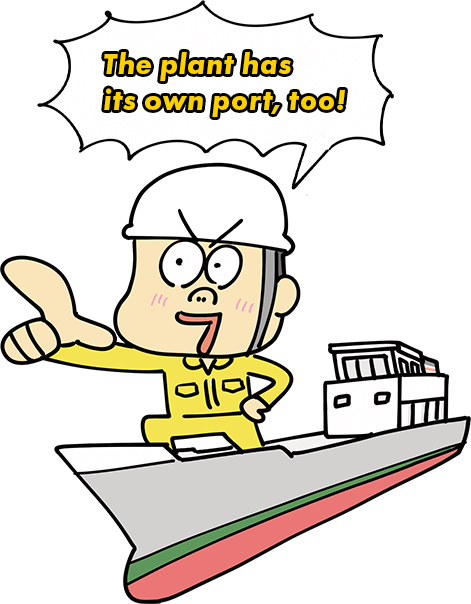

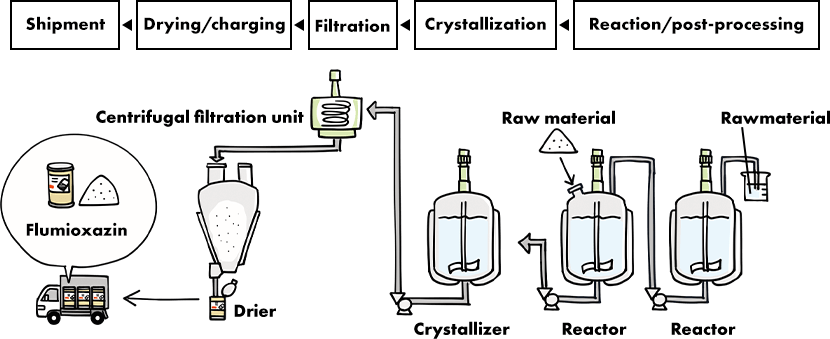
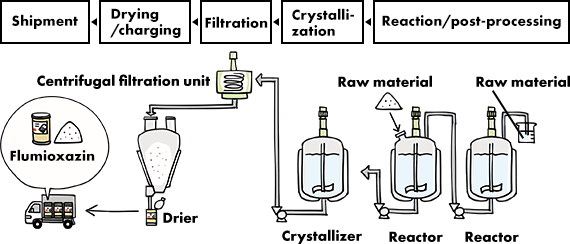


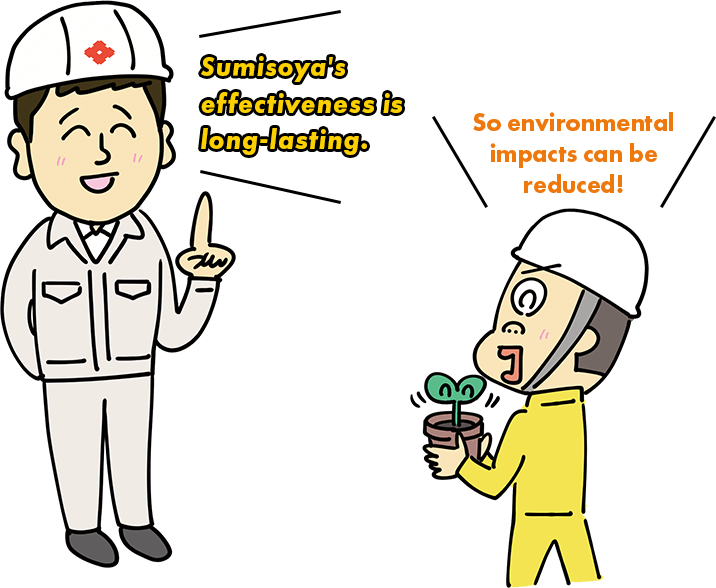
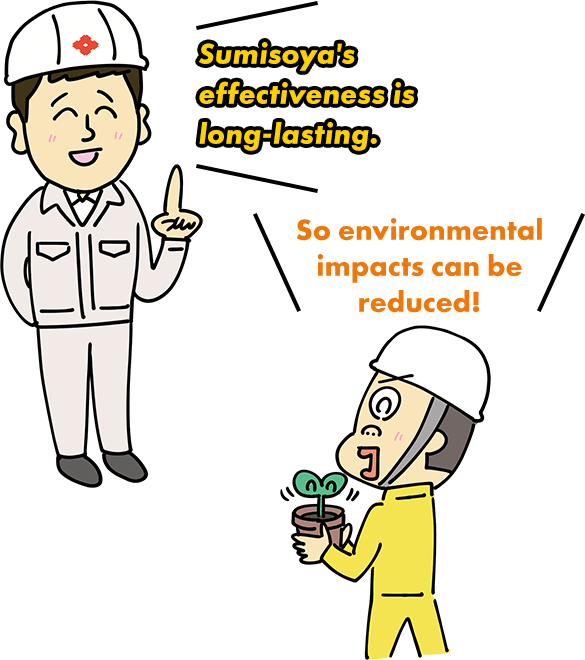



![[That evening] What a fabulous hot spring! Can you see me through the steam?](/english/act/visits/19/img/detail/4.png)

